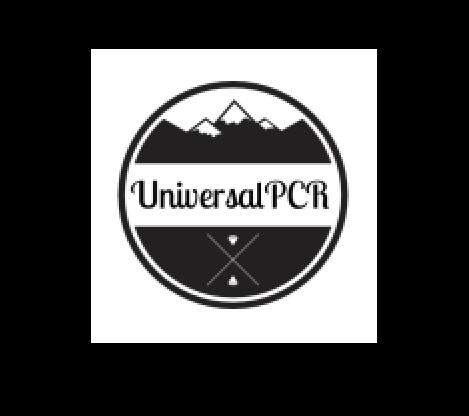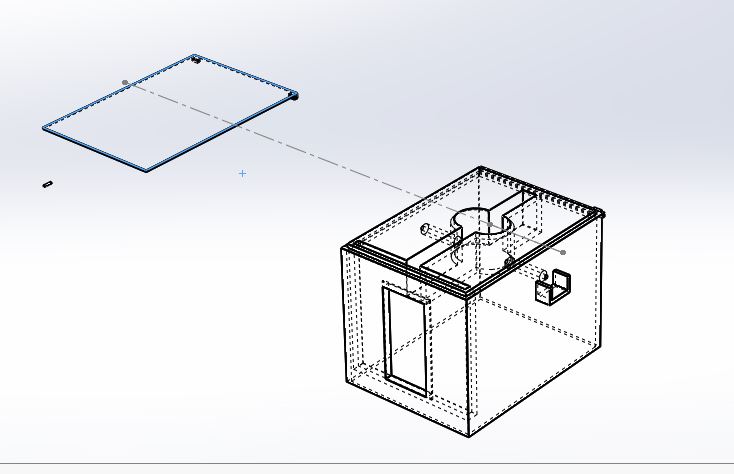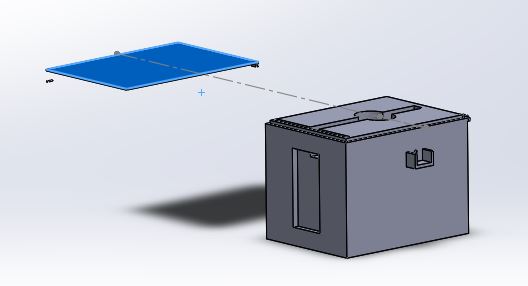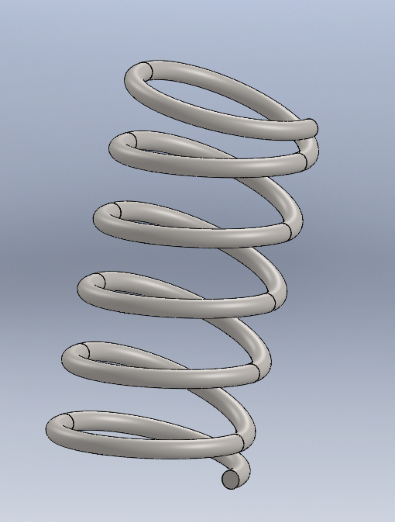BME100 s2018:Group8 W0800 L6
| Home People Lab Write-Up 1 | Lab Write-Up 2 | Lab Write-Up 3 Lab Write-Up 4 | Lab Write-Up 5 | Lab Write-Up 6 Course Logistics For Instructors Photos Wiki Editing Help | |||
OUR COMPANY
UniversalPCR LAB 6 WRITE-UPBayesian StatisticsOverview of the Original Diagnosis System In this lab, ten groups of students each diagnosed two patients. Within each group, the students divided the work into separate tasks. For example, in our group, one person was doing the lab and all the pipetting that came with it, while the other was taking the images. Both people in this group split up the data analysis. There were multiple steps taken in order to avoid error. Each patient had three different samples in order to prevent error by increasing sample size to ensure there were no false positives or false negatives. Each patient sample was also compared to a positive control and a negative control in order to ensure accuracy and precision of the results. The camera was also set on auto-focus to prevent human error, and three images were taken of each sample just in case one was blurry and therefore unable to read and analyze. Although steps were taken to prevent error, there were still challenges faced during the lab that likely affected the data. These challenges included micropipetting the SYBR green solution and patient sample into one bubble on the slide, taking quality images that were clear and able to be analyzed, and reading the grey scale in the ImageJ analysis. What Bayes Statistics Imply about This Diagnostic Approach Calculations 1 and 2 tested the PCR systems ability to accurately predict whether or not a patient would have the disease SNP. Since these calculation came out with values that were close to 1.00, (100%), it can thus be concluded that the PCR test was a reliable way to determine if a patient had the disease SNP or not. Calculations 3 and 4 tested the reliability of the PCR system compared to the doctors diagnosis. Both of these calculations show that the PCR system was not effective and therefore not reliable in predicting if a patient had the disease SNP since the PCR results differed from the doctors diagnosis in both patients. There were a few possible sources of error in this lab. First, although the camera was on auto-focus, the images were still at times blurry and difficult to analyze, which could have impacted the ImageJ analysis, and subsequent data calculations. Second, although the micropipette was incredibly precise with measuring the amount of needed solution, at times, there was solution left behind when transferring it from the original test tubes to the test tubes with the PCR mix. Although this was fixed by doing another round of micropipetting when any solution was left behind, and we eventually increased the amount of solution the micropipette picked up, the first few likely had some of the solution that was not picked up, which caused a degree of variability in how much sample each solution contained. Third, since the same slide was used multiple times for taking images of different samples, it is possible that some solution residue was left behind on the slide, which might have affected the images for the next sample. Intro to Computer-Aided Design3D Modeling Our team used SolidWorks because it provides advanced features that allowed us to make a more precise and intricate design. Both parties in this lab have had past experience with using SolidWorks, so the process of using it went smoothly. Because both parties had experience, the process was quick and efficient, and our past experience allowed us to explore multiple features of the system since we had both already mastered the basics. The system allowed us to see our design from multiple angles so we could decide which dimensions were best, and allowed us to easily make separate parts and then integrate them together at the end. SolidWorks was the thus the best choice for our design. Our Design
We revamped the design of the fluorimeter. During the lab, the smartphone used to take the images was moving around and not staying in place. This caused difficulty in taking the images, which is why a few of them were blurry and difficult to read. The blurriness of the images subsequently made the ImageJ analysis difficult and tedious. Our design decided to address this issue. This design is different from the original fluorimeter design because it includes springs in the fluorimeter box that hold the phone in place when the images are being taken. Our design also makes the machine one cohesive unit rather than multiple parts, such as the box that covered the fluorimeter to hide the sample from the light, the fluorimeter itself, and the phone holder, which makes it more user friendly.
Feature 1: ConsumablesIn addition to the items including reagents (PCR mix, primer solution, SYBR Green solution, buffer), plastic tubes, and glass slides. we also decided to include springs since our new fluorimeter design uses them to hold the phone in place while the photos are being taken. Our fluorimeter also includes a universal phone kit, so if someone's phone has difficulty fitting into the phone box to take the images, it can be adapted to do so by including the kit.
Feature 2: Hardware - PCR Machine & FluorimeterOur team chose not to majorly alter the OpenPCR machine, as it contains few significant weaknesses that caused detriment to the experiment. We would only add a few more wells such that more samples could be held in one run of the machine to increase efficiency, but other than that, the machine was easy to use and got the job done, so we don't take any major issues with the hardware of the system with the OpenPCR machine. The fluorimeter however had weaknesses that we decided would be more worthwhile to address. One of these weaknesses includes the phone moving around while the images of the slides were being taken. In order to address this issue, our device includes springs to hold the phone in place while it takes the images of the slides such as to increase accuracy and precision. Our device also tackles the issue of inefficiency by making the entire machine one cohesive unit rather than multiple pieces to make it more user friendly, thereby increasing the accuracy of the results since it is easier to use. It does this by offering a single piece unit for ease of usage. The phone is inserted into a universal slot that uses springs to automatically adjust to any phone. Once the phone is placed and centered on the slot, the fabric cover of the PCR is simply unfolded so that it covers the fluorimeter completely. There is a cutout in the phone slot so that the user can access the phone without light coming through. Thus, as both of these issues are now solved with our new design, we expect more accurate results with future experiments.
| |||





